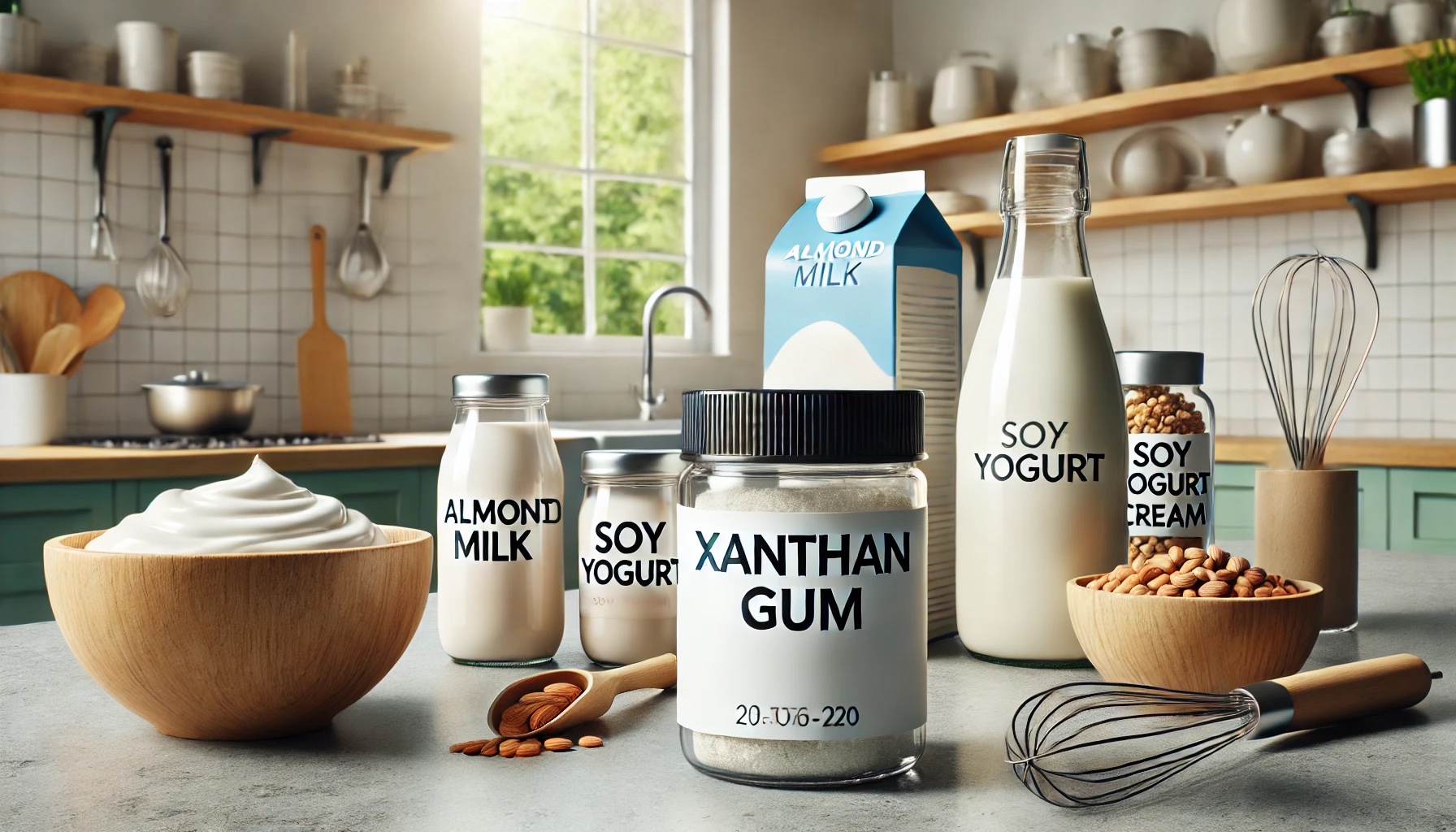Cocoa butter is a cornerstone ingredient in the world of chocolate making, particularly in the craft chocolate industry.
Extracted from cocoa beans, this versatile fat significantly influences the texture, flavor, and overall quality of chocolate.
Craft chocolate makers, who emphasize quality and artisanal techniques, rely on cocoa butter for its unique properties.
This article delves into how this ingredient enhances craft chocolate making, focusing on its impact on flavor, texture, and the artisanal process.
Understanding Cocoa Butter
It is extracted from cocoa beans during the chocolate production process.
The beans undergo fermentation, drying, roasting, and shelling before being ground into a paste known as cocoa liquor.
This liquor is then pressed to separate the cocoa solids from this ingredient..
The resulting cocoa butter is a pale-yellow, edible fat with a distinct chocolate aroma and flavor.
The Significance of Cocoa Butter in Craft Chocolate
Flavor and Aroma
This ingredient contributes subtle flavor notes that enhance the overall taste of chocolate.
While cocoa solids provide the rich, chocolatey flavor, this ingredient can influence the smoothness and mellowness of the final product.
Craft chocolate makers often source beans from specific regions to highlight unique flavor profiles, and the quality of this ingredient plays a crucial role in this.
High-quality cocoa butter enhances the complexity and depth of flavors, allowing the distinct characteristics of the beans to shine through.
Texture and Mouthfeel
this ingredient is essential for creating the desirable texture in chocolate.
Its melting point, just below human body temperature, ensures that chocolate melts smoothly in the mouth, providing a creamy texture and luxurious mouthfeel.
This property is crucial for craft chocolate makers who prioritize the sensory experience of their products.
this ingredient contributes to the snap and gloss of chocolate, which are indicators of well-tempered chocolate.
Proper tempering aligns the cocoa butter crystals in a stable form, giving the chocolate a shiny appearance and a satisfying snap when broken.
Consistency and Workability
This ingredient affects the consistency and workability of chocolate during production.
It helps achieve the right viscosity for molding and enrobing, ensuring that the chocolate flows smoothly and sets correctly.
This is particularly important in craft chocolate making, where precision and attention to detail are crucial.
Craft chocolate makers often experiment with the ratio ofthis ingredient to cocoa solids to achieve the perfect balance for different types of chocolate, whether it’s dark, milk, or white chocolate.
The right proportion of this ingredient ensures that the chocolate is neither too thick nor too runny, facilitating the creation of intricate designs and coatings.
Sustainability and Ethical Considerations
Sustainability and ethical sourcing are paramount in the craft chocolate industry.
This ingredient’s role extends beyond its functional properties to encompass broader issues related to the chocolate supply chain.
Sustainable Sourcing
Craft chocolate makers are increasingly committed to sourcing this ingredient from sustainable and ethical sources.
This involves working directly with cocoa farmers and cooperatives to ensure fair wages, good working conditions, and sustainable farming practices.
By prioritizing ethically sourced cocoa butter, craft chocolate makers support the livelihoods of farmers and contribute to the preservation of biodiversity in cocoa-growing regions.
Traceability
Traceability is a key aspect of sustainability in the craft chocolate industry.
Consumers are becoming more conscious of where their food comes from and the impact of its production on the environment and local communities.
Craft chocolate makers often provide detailed information about the origin of this ingredient, including the farm or cooperative it was sourced from, the farming practices used, and the socioeconomic impact on the local community.
This transparency helps build trust with consumers and sets craft chocolate apart from mass-produced alternatives.
Innovations and Trends in Craft Chocolate Making
The craft chocolate industry is dynamic, with continuous innovation and experimentation.
Cocoa butter plays a central role in several emerging trends and innovations:
Single-Origin and Bean-to-Bar Chocolate
Single-origin and bean-to-bar chocolates emphasize the unique flavors of cocoa beans from specific regions.
The quality of cocoa butter is critical in these products, as it needs to complement and enhance the distinctive characteristics of the beans.
Craft chocolate makers meticulously source and process cocoa butter to maintain the integrity of the flavor profile.
Infusions and Flavor Pairings
Cocoa butter’s neutral yet rich base makes it ideal for infusions and flavor pairings.
Craft chocolate makers are exploring combinations with exotic spices, fruits, and herbs to create innovative flavors.
The smooth texture of cocoa butter allows these additional flavors to blend seamlessly, providing a balanced and harmonious taste experience.
Vegan and Dairy-Free Options
The demand for vegan and dairy-free chocolate is growing.
Cocoa butter is naturally plant-based and can be used to create creamy, dairy-free chocolates.
Craft chocolate makers are developing recipes that replace dairy with alternative ingredients, such as coconut milk or nut butters, without compromising on texture and mouthfeel.
Conclusion
Cocoa butter is an indispensable ingredient in craft chocolate making, contributing significantly to the flavor, texture, and overall quality of the final product.
Its unique properties, including its melting point, texture-enhancing capabilities, and subtle flavor contributions, make it essential for creating high-quality, artisanal chocolate.
Moreover, the craft chocolate industry’s emphasis on sustainability and ethical sourcing ensures that cocoa butter not only enhances the product but also supports responsible and fair practices throughout the supply chain.
As the craft chocolate industry continues to innovate, the role of cocoa butter will remain central, driving new trends and pushing the boundaries of what chocolate can be.
From single-origin bars to vegan delights, cocoa butter helps craft chocolate makers deliver exceptional products that delight the senses and resonate with conscious consumers.
The future of cocoa butter in craft chocolate making is promising, with ongoing research and development uncovering new applications and benefits.
Companies that invest in sustainable sourcing and ethical practices will be well-positioned to leverage the full potential of cocoa butter, ensuring long-term success and a positive impact on both consumers and the planet.








